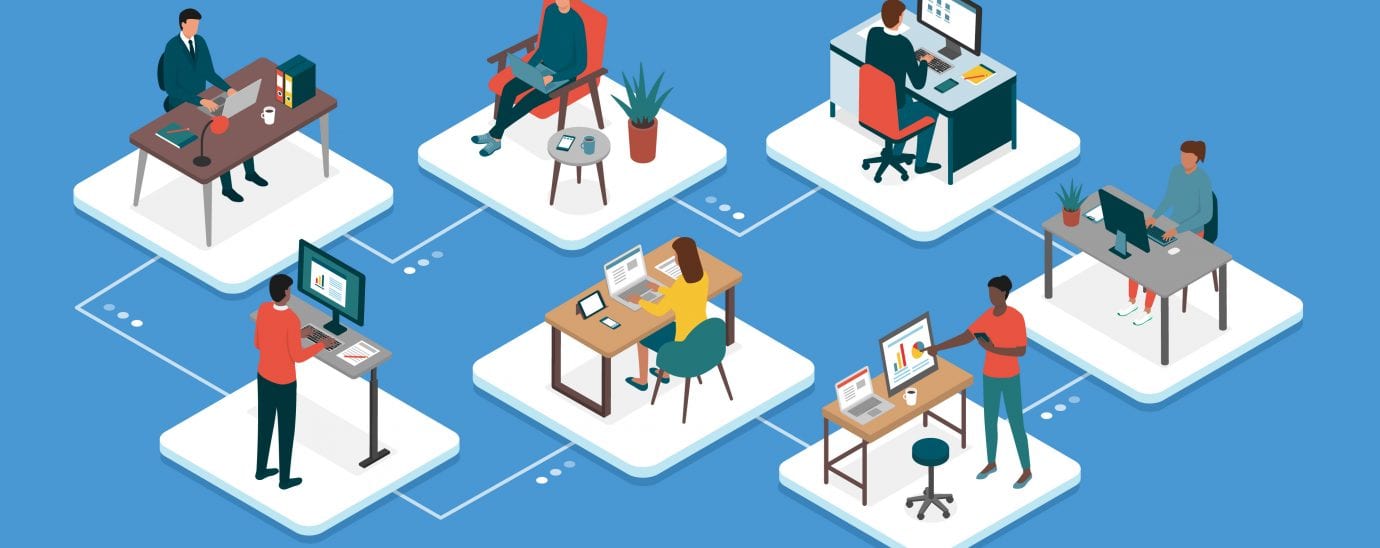Pulse check: 3 critical components for secure remote access

Achi Lewis, EMEA Director, NetMotion, shares his insight into what businesses need to be considering when choosing a secure remote access solution.
The need for remote access has exploded over the past year. It was already growing, but the pandemic has been an enormous catalyst. As businesses scrambled to adapt to lockdowns, ubiquitous remote access became a critical and mostly untested part of every organisation’s continuity strategy. With ransomware and various phishing attacks on the rise, making the right call is a must. Indeed, only recently the U.S government reported a hack against federal agencies (not for the first time), which involved a popular virtual private network (VPN) known as Pulse Connect Secure – hackers were able to break into it as customers used it. VPNs create encrypted tunnels for connecting remotely to corporate networks, and their use has exploded during the pandemic.
With so many vendors out there, making the right decision about remote access can be tricky. But there are a few key things to consider when making that choice: security capabilities, policy controls and customisations, and end-user experience.
Security capabilities
Remote working is more popular than ever. An increasingly mobile workforce is accessing a widening variety of company resources. They’re also doing this using dozens of different networks – from public or home WiFi to 5G and LTE connections. As organisations attempt to navigate this new world, remote access has evolved to keep both workers and resources protected.

A useful approach along the road to uncompromised secure access is to employ a software-defined perimeter (SDP). Using an SDP allows organisations to hide Internet-connected infrastructure (servers, routers, etc.) so that external parties and attackers cannot see it, whether it is hosted on-premises or in the cloud. You are essentially hiding your servers, and other infrastructure from the outside world whilst still guaranteeing authorised users access to the infrastructure. Unwanted and risky connections are blocked, keeping users safe from online threats and risky content – and crucially, outside of enterprise resources, they are not approved to access. An SDP keeps your company data and applications protected, whether they are hosted in the cloud, as a service or on-premise. Only approved users can reach the resource they need when they need it, eliminating lateral movement.
Policy controls and customisations
When employees sit behind a desk in the company office, connected to a corporate network, I&O leaders can rest easy. Protected by a combination of firewalls, web gateways and other security products, security leaders can feel confident that workers are compliant, productive and protected from threats. However, challenges emerge when a worker changes their device, leaves the office and connects to an unknown network – those controls are no longer available. Your organisation needs a way to implement policy even on networks you don’t own. Remote workers can work pretty much anywhere, from their home lounge to an airport lounge. You need to set policies that account for the context of every device in each moment. Policies can depend on location, device, user, credentials, network type, traffic destination, OS version, application, risk profile, the resource being requested and much more.
By creating sophisticated granular policies, your organisation can keep workers secure, happy and on-task. A policy engine will allow you to apply blocks to risky content, restrict access to company resources, optimise network connections, alert administrators, prioritise applications and take countless other policy actions.
End-user experience
Before the shift towards remote working, most people were connected to the corporate network without giving much thought to security or accessing resources or applications – it was usually fairly seamless and probably consistent and predictable. Things have obviously changed with many of us working where we live and dealing with home networks ill-equipped to cope with bandwidth overload. This usually results in slow networks, unresponsive apps, poor connectivity and, perhaps most importantly, a frustrated and under-productive workforce. We maintain that the user experience at home needs to be just as consistent and seamless as going into the office.
READ MORE:
- After 25 years, Microsoft will retire Internet Explorer in 2022
- The next generation of sound: Apple Music to rollout Spatial Audio with Dolby Atmos
- Why customer conversations are vital for brand survival in a post-COVID-19 world
- What can corporates learn from digital transformation in the COVID era?
We recently co-hosted a panel of UK IT leaders in the professional services vertical under the banner, ‘what might a 100% mobile workforce look like?’. Feedback from the event indicated that 66% of attendees saw the biggest IT priority facing their organisation as improving the end-user experience. However, 58% said that they didn’t monitor the employee experience, making it difficult to establish a baseline. Digital experience monitoring (DEM) is a great tool providing visibility into the employee experience. The data and insights gathered can help an organisation figure out what solutions to consider and which policies to implement to improve the experience. The enormous shift to distributed working has created problems that experience monitoring solutions are uniquely capable of resolving. The ability to gather real-time, actionable data about the experience of workers can have a massive impact on the success of a business. The benefits range from increasing productivity and uptime to improving employee morale and ultimately boosting the customer experience.
Happy employees = productive employees. If this resonates with you then addressing these foundations of remote access working should be on your to-do-list.
For more news from Top Business Tech, don’t forget to subscribe to our daily bulletin!